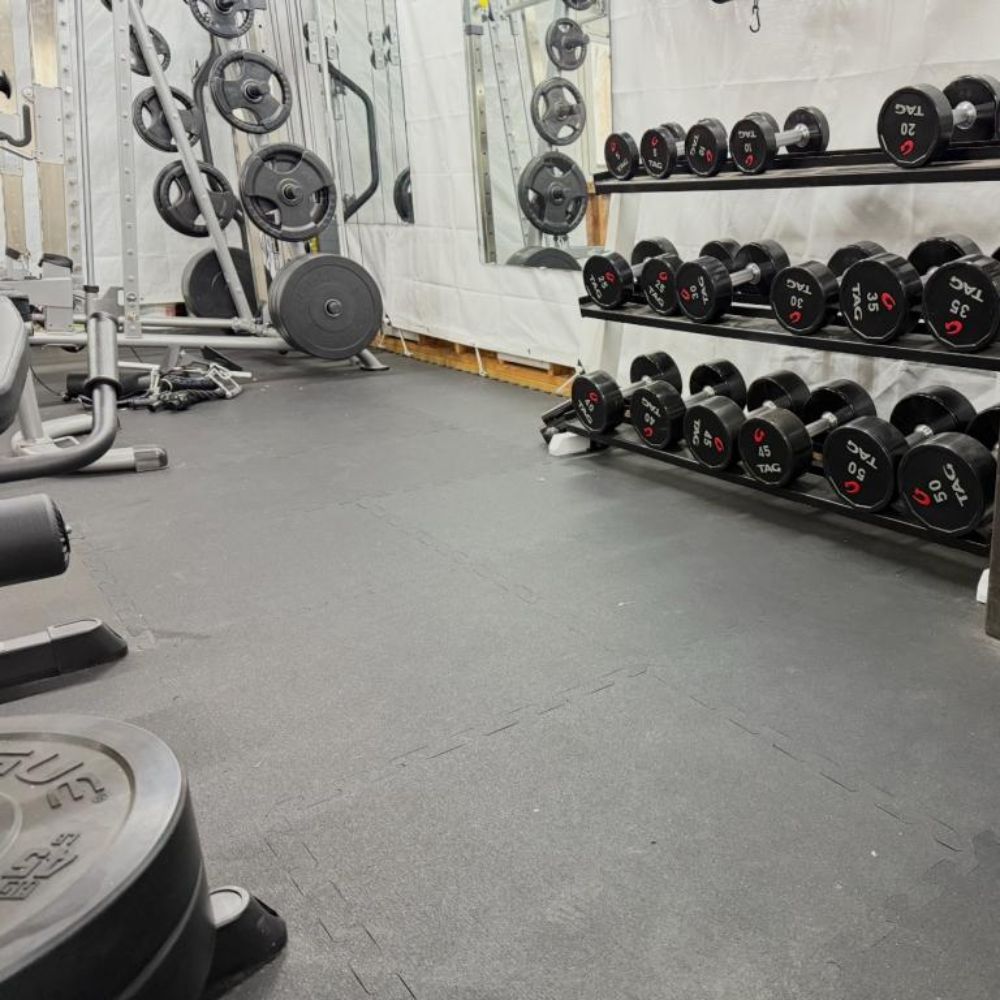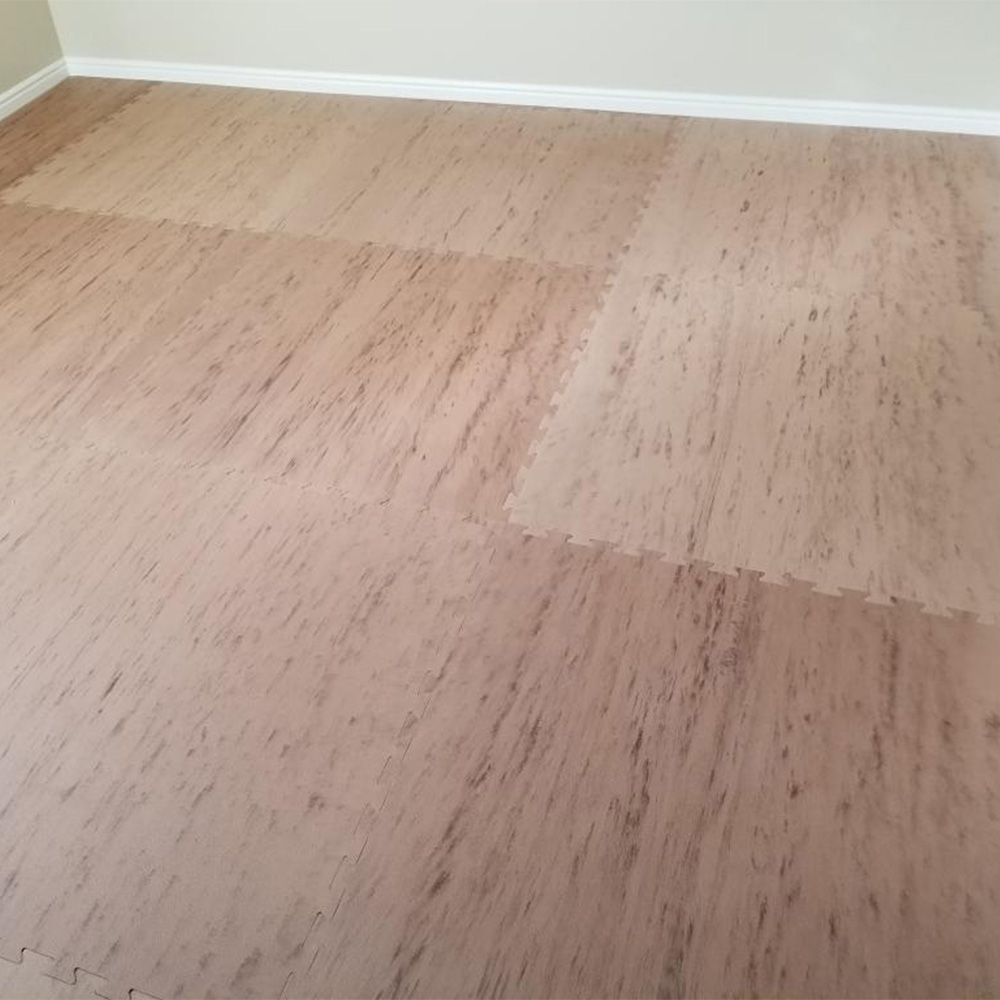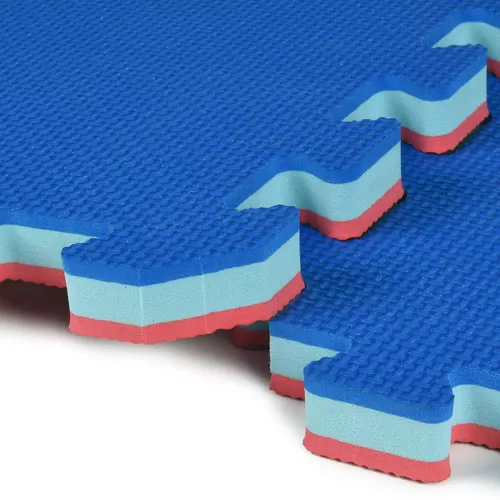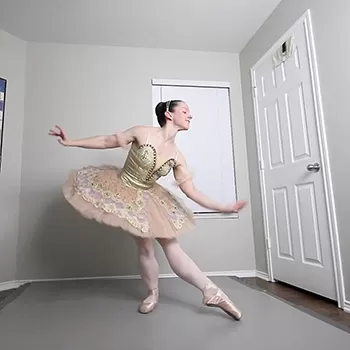Discover the Best Home Gym Flooring for Your Space
Home gym flooring is available in floor tiles, mats, and rolled options. These pages are designed to provide you with the information you need to make an educated decision for your home gym floor.
Article Library












Video Library












Ideas Before You Buy Your Home Gym Flooring
Tips & considerations for purchasing home gym flooring:
The following blogs offer tips on what aspects to look for in flooring for your home gym before making a purchase. Whether you plan to use this flooring in a home gym setting, these are all important things to learn before making your final decision.- Learn about StayLock Tiles for home gyms over carpet. Learn more: What are StayLock Tiles?
- Find the best mats for exercise bikes. Learn more: What is the Best Exercise Bike Mat?
- Find the best exercise and workout mats for garage gyms. Learn more: What Are The Best Exercise and Workout Mats for a Garage?
Top 10 Questions About Home Gym Flooring
Below are the most popular questions we've received about flooring for home gyms. Click the question to get a detailed answer and explanation on these topics.- How Do I Get Rid of the Rubber Mat Smell? New rubber mats work well as home gym flooring because of their durability, but they often have a strong odor that resembles a new car smell. To dilute this odor, try cleaning them with a neutral pH cleaner, placing them in the sun for several hours, or using them only in well-ventilated areas.
- What Is the Best Home Gym Flooring to Go Over Carpeting? To create a workout space at home, you may need to lay tiles or mats over the top of a carpeted space. PVC modular floor tiles work especially well atop carpeting, as they have some cushioning for the athletes while also creating a flat space that supports the equipment.
- What Is the Best Home Gym Flooring to Use Over Concrete? Working out directly over the top of a concrete floor at home often is not safe or comfortable for athletes. Installing a workout floor atop the cement helps with insulation against a cold floor, with comfort to protect the athletes’ lower body joints, and with protecting the concrete from damage from heavy workout equipment.
- How Thick Should Gym Flooring Mats Be at Home? Finding the best thickness for home gymnasium flooring depends in part on the types of workouts you plan to do. Thinner rubber flooring of 3/8 inches or less works better for using hand weights or for CrossFit workouts, while thicker rubber of 1/2 inches or more is useful for lifting large amounts of weight.
- What Are the Best Exercise Mats Over Carpet? Using interlocking tiles consisting of PVC plastic or firm foam is the best way to create a sturdy base over the top of carpeting. Roll-out mats and fold-out mats also work nicely when you need a bit more cushioning for working on jumps, tumbling, or stretching while lying on the floor.
- What Is the Best Thickness for Home Gym Flooring Mats? When working out at home, a flooring product measuring at least 1/2 inch is recommended for areas with free weights or large workout equipment. Thick mats and tiles provide protection for the original flooring underneath, just in case you drop the free weights or the equipment slides around.
- What’s the Best Home Gym Flooring Tile Over Hardwood? Multiple materials are safe to use as flooring for a home gym in a spare bedroom that has hardwood floors. Consider using interlocking EVA foam tiles, carpet tiles bonded to foam, PVC plastic tiles, or a roll of rubber to protect the hardwood and to create a safer workout space.
- What Are the Best Budget Home Gym Floors? One of the best ways to save money on your home gymnasium flooring is to install it as a DIY project. We offer multiple options for creating these types of floors on a tight budget, including interlocking foam tiles, interlocking PVC plastic tiles, and rolls of thin rubber.
- What Are the 5 Best Home and Studio Floors for Yoga? At Greatmats, we offer many different home gym flooring options that work for creating a space for yoga. The best floors to do yoga at home include those that provide comfort for the athletes, traction, and simplicity in cleaning processes.
- Is Rubber or Foam the Better Option for Home Gym Flooring? Rubber floors work nicely in a home gym where you will be doing weightlifting, using large exercise equipment, or performing plyometric workouts where traction is vital. Foam is a good option when cushioning in the floor is the most important feature, although foam also offers some traction for athletes.
Best Home Gym Flooring Products
Pebble Gym Floor Workout Fitness Tiles
The Pebble Gym Floor Workout Fitness Tiles from Greatmats consist of lightweight EVA foam that’s also highly durable.
Bump Top Black StayLock Tiles
Our Bump Top Black StayLock Tiles consist of PVC plastic that’s ideal to place over the top of carpeting, concrete, or wood floors at home.
Color Fleck Rubber Flooring Rolls
At only 1/4 inch in thickness, our Color Fleck Rubber Flooring Rolls weigh less than other types of rubber flooring, yet they are extremely durable.
Gmats Interlocking Rubber Floor Tiles
With an interlocking edge that resembles a jigsaw puzzle, the Gmats Interlocking Rubber Floor Tiles are easy to install as home gym flooring without needing to use glue.
Home Sport and Play Mats
When seeking home gym flooring you can use with athletic shoes, the Home Sport and Play Mats from Greatmats use a textured, scuff-resistant surface that lets the tiles stand up to tough workouts.
Customer Installations
Customer Ashley Radetich
Seeking home gym flooring that could go over carpeting, Greatmats customer Ashley Radetich selected our PVC plastic tiles because of the ease of installation and the stability they provided.
Basement Plyometrics: StayLock Orange Peel Tiles
Ballerinas By Night
As a group supporting adults looking to do ballet, the Ballerinas By Night group recommended using Greatmats’ interlocking tiles as a safe base flooring before placing vinyl dance flooring over the top.
Bedroom Dance: Martial Arts Premium Karate Mats
Grind House Fitness
Grind House Fitness needed to create a martial arts workout space for video classes during COVID, and it chose to make use of our interlocking foam mats in a garage at home.
Garage Martial Arts: Home BJJ Mats
Customer Bella Douglas
To work on her soccer skills at home, Bella Douglas installed our artificial turf tiles in her basement, taking advantage of the padding attached to the bottom for more comfortable workouts versus bare concrete.
Basement Soccer: Interlocking Turf Tiles
Home Gym Flooring Installation & Maintenance Videos
Joey's StayLock Tiles Installation - Home Gym Flooring Over Carpet
How to Install Greatmats Home Gym Mats Pebble 10 mm Tiles
How To Connect Staylock Tiles - Methods and Troubleshooting











